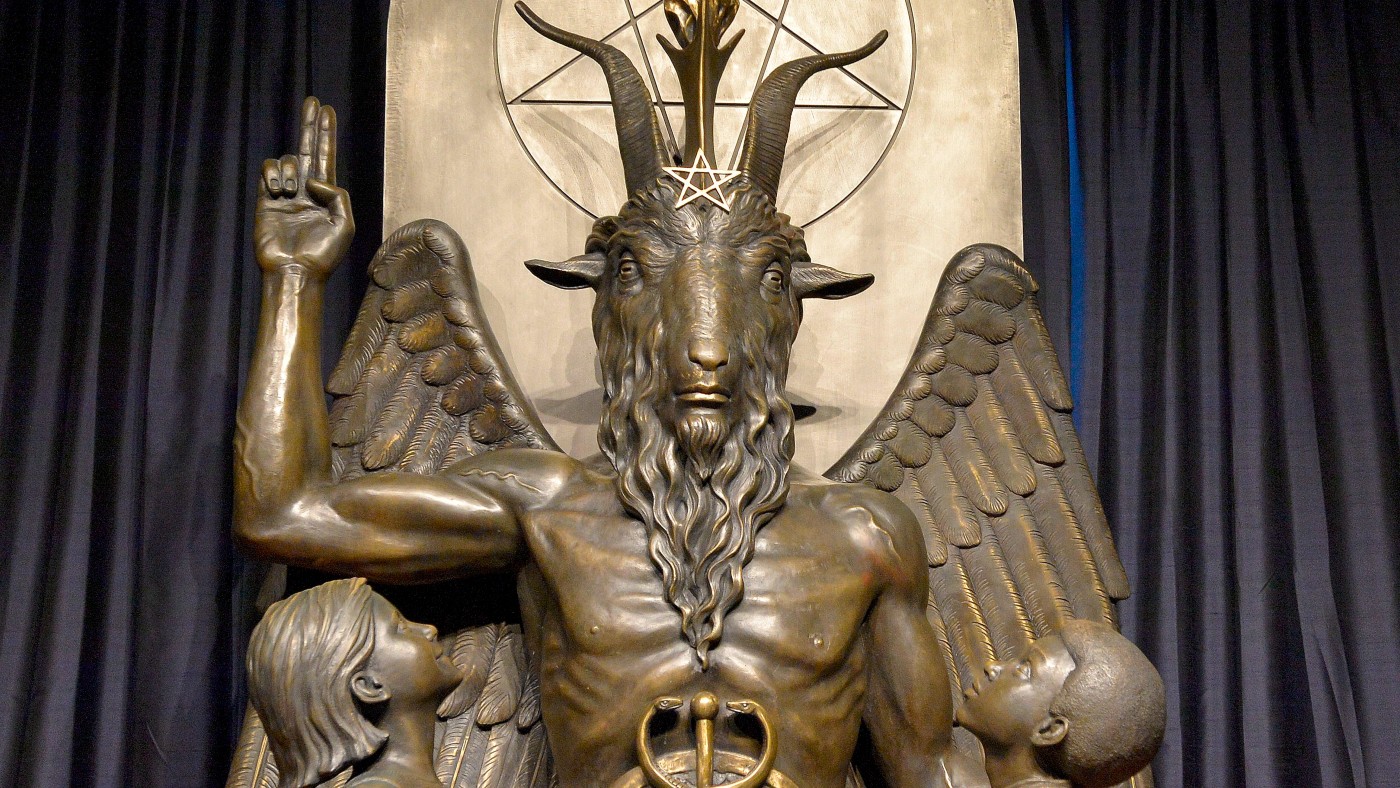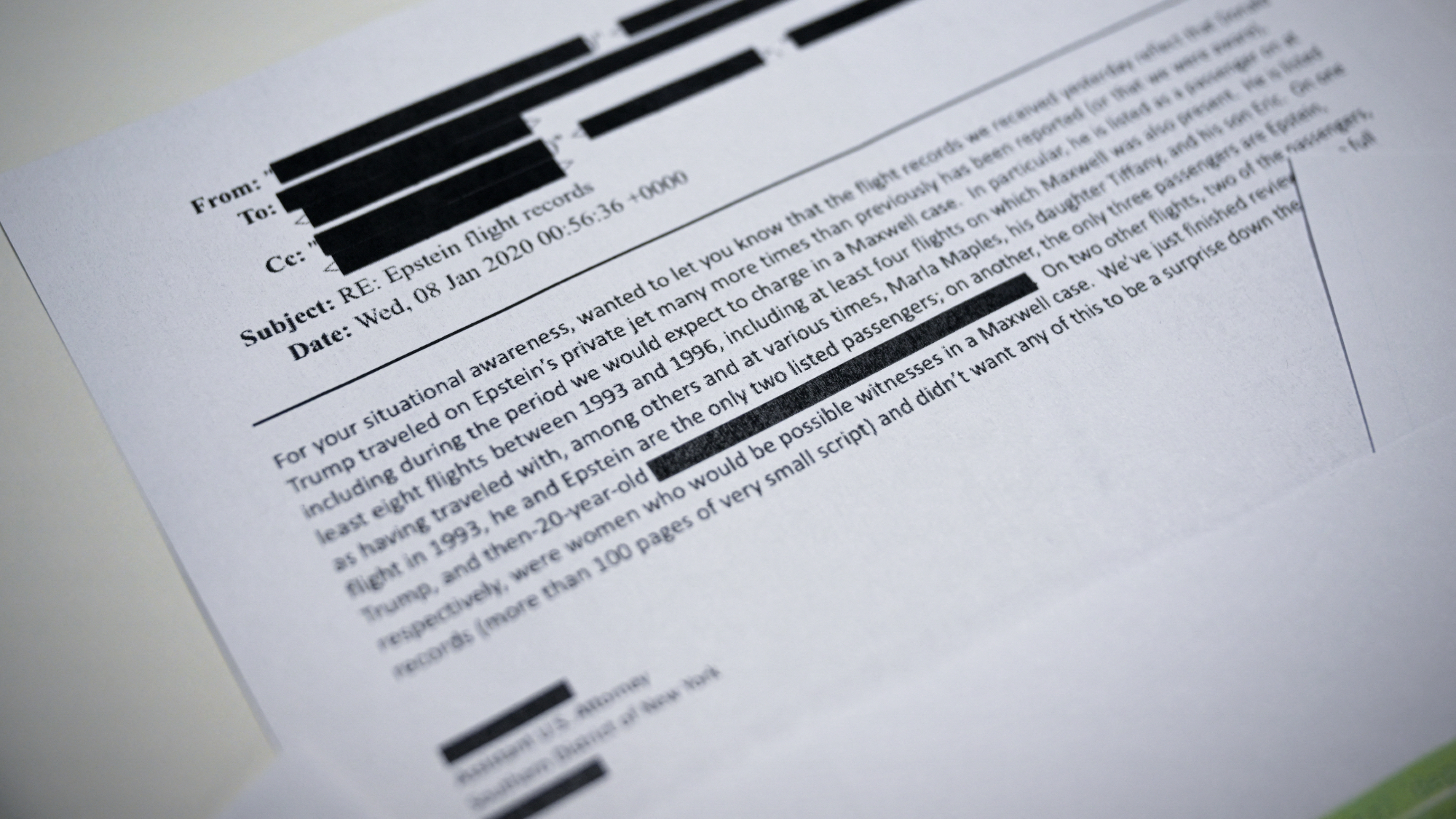How ‘satanic panic’ made a comeback
The hysteria that swept America in the 1980s is rearing its devilish head once again

“The most common misunderstanding” surrounding the so-called satanic panic of the 1980s “is that it never ended”, wrote Aja Romano for Vox.
Hysteria over child sexual abuse cults, demonic teenagers and devil worshippers living next door were all part of the phenomenon now known as satanic panic. While many might imagine such hysteria to be consigned to history, these ideas “have surged into the mainstream of American politics over the past year”, according to an LSE blog by two University of Miami professors.
What is ‘satanic panic’?
Satanic panic describes the swathe of “baseless conspiracy theories” that took hold across the United States in the 1980s.
The Week
Escape your echo chamber. Get the facts behind the news, plus analysis from multiple perspectives.

Sign up for The Week's Free Newsletters
From our morning news briefing to a weekly Good News Newsletter, get the best of The Week delivered directly to your inbox.
From our morning news briefing to a weekly Good News Newsletter, get the best of The Week delivered directly to your inbox.
This wasn’t just a hapless anxiety upheld by those outside of civil society, but rather a paranoia that swept “across the country”, according to Alan Yuhas in The New York Times. “Talk shows and news programmes fanned fears”, while “hundreds of allegations” meant “defendants went to prison, families were traumatized and millions of dollars were spent on prosecutions”.
Such hysteria has been heavily linked to the now discredited bestseller Michelle Remembers, which “popularised the idea of large, inter-generational satanic networks that were taking down American society from inside”, said Michael David Barbezat, research fellow at the Australian Catholic University, on The Conversation.
Written by Canadian psychiatrist Lawrence Pazder, the book chronicles a former patient of his who recalls memories of sexual abuse at the hands of Satanists. The novel “landed on a powder keg of American anxieties”, continued Yuhas in The New York Times, and “gave people a villain to look for outside the family”.
But the book was not working alone, said Yuhas. He suggested that the ascendant religious right helped spread anxieties to combat the decline of the nuclear family, which was under threat as emancipated women sought work outside the family. The book itself was simply the spark.
A free daily email with the biggest news stories of the day – and the best features from TheWeek.com
How is this time different?
The latest resurgence of satanic panic has been widely interpreted as partisan provocation. Brandy Zadrozny wrote for NBC that “the QAnon community, partisan media and conservative politicians” were all to blame for “spreading newfound fears over the so-called ritualistic abuse of children that the devil supposedly inspires”.
Professors Klofstad and Uscinski, writing on the LSE blog, agreed that today’s theories are peddled by conservative commentators, but questioned “whether the rhetoric currently used by conservatives is designed to activate members of the Republican base or reach beyond it”.
Just like in the 80s, popular culture has also played its part. Barbezat at The Conversation suggested that Netflix-hit Stranger Things, which plays on 1980s’ aesthetics and nostalgia, has produced today’s “callback” to satanic panic. Season four of the show sees the misfit protagonists hunted for being satanic cultists, while also featuring scenes of kids playing Dungeons and Dragons – a game which, in the 80s, “TV pundits, politicians, and religious leaders really thought […] was an entry point to satanic worship”.
Aja Romano, writing for Vox, said there is very little difference between today’s panic and that of the 1980s, in which “the media fuelled a public wave of fear that spurred entire groups of rational, thinking adults to collectively buy in”. The same “abusive mechanisms” are at play today as they were as far back as “witch hunts” or “McCarthysim”.
However, what makes today’s accusations unique is the “speed of the internet”, claimed Zadrozny for NBC. Accusers “can bypass police, therapists and the traditional media and out their alleged abusers straight to audiences of millions”. Klofstad and Uscinski reported that online accusations have become so explicit, aggressive and indeed ubiquitous “that some social media platforms have banned this language” altogether.
How widespread is the panic?
Today’s incarnation of satanic panic is tinged with further absurdity, best exemplified by recent accusations that sports brand Reebok is led by a satanic cult. The theory was first proposed by Prophecy News on its Facebook page, which claims to post the “latest Prophecies from the prophets”. The group took aim at Reebok’s new shoe, which features what the New York Post described as a “bifurcation in the middle of the shoe’s toe”, but what Prophecy News called “Baphomet goat feet”.
The comical nature of such stories might suggest the current panic is fringe. However, according to a poll commissioned by Professors Klofstad and Uscinski, 25% of Americans believe that “Satanic ritual sexual abuse is widespread” in the US.
Meanwhile, 33% of Americans agree to some extent that “members of Satanic cults secretly abuse thousands of children every year”. Such statistics lead Klofstad and Uscinski to conclude in the LSE blog that this paranoia is indeed believed by a “troubling percentage of Americans”.
Vox offered a timely reminder that while hysteria may be artificial or even comedic, “the real fear is that, tomorrow, someone could decide the demonic influence is you”.


